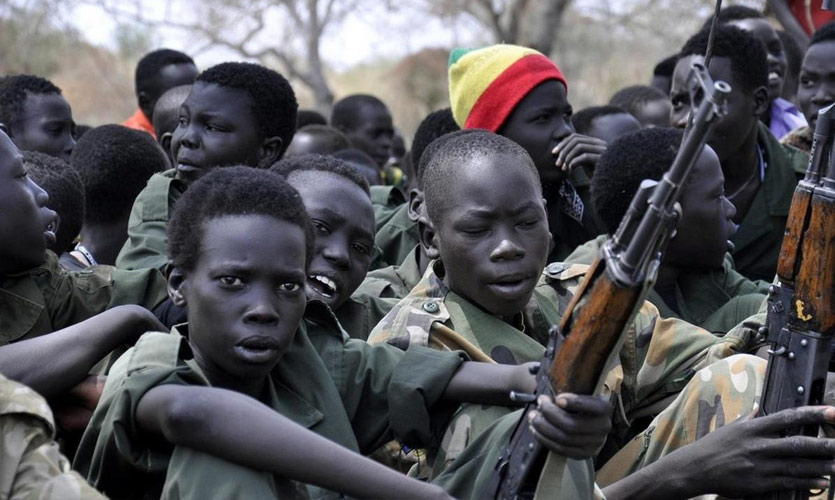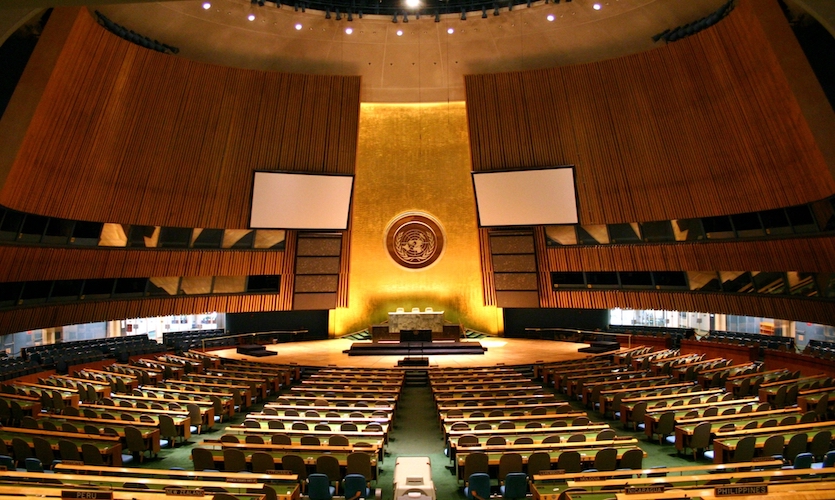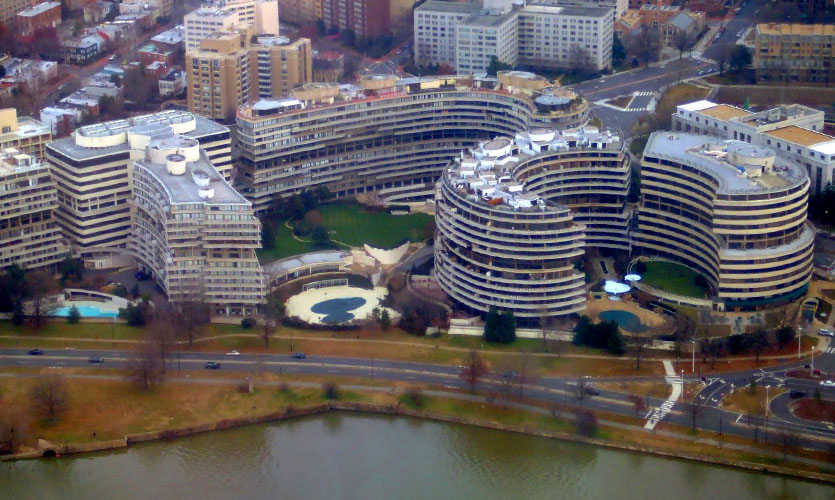Thousands have died in the conflict since rebels invaded Burkina Faso six years ago, but this is the deadliest massacre that has befallen the West African nation since the invasion. In accordance with Reuters, United Nations officials and government said the massacre, earlier this month, was carried out by children aged between 12 and 14 years old. A Burkina Faso government spokesman, Ousseni Tamboura said that the young boys were involved in the attack in the northeastern village of Solhan that left at least 138 dead.
“The attackers were mostly children between the ages of 12 and 14,” Tamboura told reporters of Washington Post this week in the capital, Ouagadougou. “We strongly condemn the recruitment of children and adolescents by non-state armed groups. This is a grave violation of their fundamental rights,” said UNICEF in a statement on Thursday.
The Solhan Massacre
The Burkinabe village of Solhan became the scene of the deadliest terror attack since 2015 in early June. Scores of jihadists linked to al-Qaeda and the Islamic State reportedly took part in an attack on the Mali-Niger border village of Solhan, killing and maiming civilians including women and children. According to Burkinabe authorities, at least 130 people – men, women and children – were killed in Solhan when armed men riding motorcycles entered the village on June 4, 2021. The assault began around 9 pm and lasted until early the next morning. Armed assailants charged the village, slaughtering its residents without regard for their behaviour.
“I saw them arrive on their motorcycles. There were over a hundred – so many I couldn’t count them. They killed a baby who wasn’t even crawling yet and left its mother alive,” Amadou, a survivor of the Solhan Massacre recollected to France 24.
They looted villagers’ property, including stores and motorcycles, and destroyed several building structures. According to Amnesty International, as a result of the attack, 50 people were injured. According to security sources quoted by Radio France International (RFI), the victims were mostly young, ranging from 8 months to 45 years old.
The perpetrators of this attack have not claimed responsibility as of yet. Two groups have been identified as possible instigators: the local al Qaeda affiliate and the Islamic State group in the Greater Sahara (IS-GS). There are several militant movements operating in the area, including Ansarul Islam, formed by the imam Ibrahim Malam Dicko in late 2016, majority of whom’s troops joined IS-GS. In the same report, Amnesty International stated that these attacks include the Kompienbiga attack on civilians on May 30, 2020 that left 30 dead, and the Namoungou cattle market attack on August 7, 2020 that killed 20. The IS-GS has claimed responsibility for several attacks against civilians in the tri-border area, notably in Tchomobangou and Zarma Darey (January 3, 103 dead), Banibangou (March 15, 67 dead) in the Tillabéri region, and in the areas of Intazayene, Woursanat, and Bakorat in the Tahoua region (March 21, 137 dead).
The armed forces arrived several hours after the jihadists left. Despite being 20 kilometres away, the assailants were able to carry out their killing spree without being intercepted, said journalist Vincent Hugeux in the report. Sebba, in the same province of Yagha as Solhan, is also home to armed forces. Despite this, there are very few safe points of passage in the region. According to an AFP report, three civilians were killed after the attack on the Solhan-Sebba road when the cart carrying them came into contact with an improvised mine.
“The Burkinabe army is insufficiently equipped. Moreover, intervening at night is extremely dangerous. Even during the day, they hesitate to patrol certain areas and prefer to barricade themselves in.” said Tanguy Quidelleur, a politics and social sciences researcher at the French National Centre for Scientific Research (CNRS) in Paris.
Several weeks earlier, Burkinabe Defense Minister Chérif Sy had visited the region to show that the government can reclaim territory that had been occupied by jihadists for months. Researcher Savadogo, who’s expertise lies in researching extremist groups, said the attacks were in response to the government’s small but successful battle with insurgents and has to do with a “war of communication” between the two sides. The attack on Solhan marked a significant step forward in the insurgent campaign to destabilise the Burkinabe state, which is already weak and unable to offer its rural residents sufficient security. A few hours before the siege at Solhan began, at least 14 civilians, including a soldier, were killed in a raid on Tadaryat.
People fled Dori, the capital of Seno Province and Sebba following the attack, and after burying their dead in three mass graves. According to the UN High Commissioner for Refugees, approximately 1,218,754 people were internally displaced in Burkina Faso as of April 30, 2021, which represents an increase of 6.19 percent compared to March 2021. The poor, arid country is also hosting some 20,000 refugees from Mali, which is just across the border.
Since January 2021, there have been 400 civilian casualties in Burkina Faso as recorded in the Armed Conflict Location Event Database. During 2020, at least 1,019 Burkinabé civilians died in an attack by one of the warring parties, the People’s Coalition for the Sahel reported. The violence in Burkina Faso has displaced more than 1.14 million people in just over two years.
The Added Casualty of Robbed Childhoods
According to a report by the Washington Post, researchers say kids are increasingly vulnerable to abuse, human trafficking, and combat recruitment as a result of the closing of 10 percent of Burkina Faso’s schools due to rising insecurity. Pandemic-related closures of public schools caused many students to never return to class last year. A report by the UN estimates that over 300,000 children in the country cannot access education. A UN report on child recruitment also found that an estimated 3,270 children in central and West Africa were recruited into armed groups in 2020 alone. Approximately, one-third of all documented child soldiers in the world are from that country.
“We are alarmed by the presence of children within armed groups,” said Sandra Lattouf, UNICEF’s Burkina Faso representative, in a statement on Thursday. “While living among armed actors, children experience unconscionable forms of violence including physical and sexual violence or high level of traumatic experiences,” added Lattouf.
Throughout the developing world, children are swept up in wars. A large number of them are kidnapped, drugged and brainwashed by their captors, according to researchers. Some describe their experiences as traumatising. In northeast Nigeria, for example, children who joined Boko Haram are reported to have been threatened with death if they refused to participate in attacks. Extremist groups are notoriously known for putting explosives on young girls before sending them into crowds.
Amid the country’s struggle to shake off al-Qaeda and the Islamic State, the report about the Solhan massacre sent shockwaves throughout the 20 million-strong nation. An unnamed Burkinabe military officer said to the Washington Post that children as young as 7 are kidnapped to become soldiers.
“We’ve been seeing them more and more. They start fighting around the age of 12”, said the official to the Washington Post.
To counter the threat of extremism, self-defence militias have emerged. Despite the French and regional military backing, the resource-strapped military can only offer shaky protection. Most of the training, intelligence and logistical support provided by the United States to troops fighting in West Africa are for troops countering extremists. Some of these volunteer militiamen have been tapped by the government to bolster the army, but analysts say that has led to gruesome retaliation where families are killed and villages are burned to the ground.
Read more about the Ethiopia Election: A Democratic Leap Amid Humanitarian Crisis
While the UN peacekeeping force is present in the region, attacks by jihadists linked to al-Qaeda and the Islamic State in West Africa’s Sahel region have increased sharply since the start of the year, particularly in Mali and Niger where civilians bear the brunt of the violence.
The international community has urged Burkinabe authorities to step up their efforts to protect civilians in the context of the armed conflict, particularly in the northern and eastern parts of the country. To address war crimes and other violations of international humanitarian or human rights law, those responsible must be identified as soon as possible and brought before the competent international courts.










